Why You Should Visit Brussels: The Most Underrated City in Europe
Is Brussels worth visiting? After visiting Belgium, for all the reasons listed below, I would argue…YES!
There are many underrated cities and places in the world. But usually, that doesn’t apply to historic European capitals.
Disclaimer: Lose the Map contains affiliate links and is a member of Amazon Services LLC Associates Program. If you make a purchase through an affiliate link, I receive a small commission at no extra cost to you.
Yet I found Brussels incredibly underrated, thanks to the difference between my expectations, and the reality I experienced there. I found Brussels worth visiting much more so than I had expected.
*Disclosure: This point contains affiliate links; if you click on one and purchase something, I get a small commission at no extra cost to you*
Is Brussels a Good Place to Visit?
Unlike other European cities, Brussels isn’t usually included on many continental-plane-and-train-hopping journeys. I had always heard of it as the somewhat boring capital of the EU; the home of the European Union and all the suit-wearing politicians and bureaucrats that inhabited it.
When I visited Belgium and actually got to Brussels…that’s not at all what I found.
Brussels may not have the quintessential wide river flowing through its center, or a classic European castle in its skyline (though you will find some outside the city). Instead, it has a surplus of beautiful, quirky, fun, friendly, and charming corners to discover.
And an abundance of stunning squares like the Grand Place and Place du Grand Sablon (not the same thing). The latter is known for a fair amount of cool art galleries, while the former…we will get into in this post.
Thanks to Rail Europe for taking me on an amazing journey around northwestern Europe, including my new favorite city of Brussels. Though this visit was part of a press trip, all opinions below are, as always, my own.
If you want to save this article for later, or share, Pin away!
Go Beyond the Manneken Pis – Way Beyond
It is criminal that the number one attraction Brussels is best known for worldwide is Manneken Pis. CRIMINAL, I say. Of all the attractions in Brussels worth visiting, this was nowhere near the top.
I passed right by the famous statue and didn’t even take a picture – me, the girl whose photo archives have my poor Mac on perpetual overload – because I was that annoyed with the fact that it was the center of attention. A throng of tourists was crowded around this barely two-foot-tall little boy statue/fountain, blocking all traffic at the pedestrian intersection.
Meanwhile, beyond the crowds, laid-back cafes, gorgeous streets, cool comic strip-inspired street murals, and some of the best beers in the world went unnoticed in the beautiful city of Brussels.
Maddening. I understood, after some time in the city, why Brussels has adopted the mysterious and odd Manneken Pis as a sort of emblem. Though not why most tourists flock to it.
This is a city determined to poke fun at itself, despite its somewhat serious appearance. What better representation of that than a fountain designed with a small boy relieving himself?
I soon found out that most neighborhoods in Brussels outside the Grand Place are not nearly the tourist areas the small square around Mannekin Pis is. In the best way possible.
Brussels: Expectations and Images Proven False
Coming from southern Europe, the vague image of Brussels that had formed in my mind was of a grey, boring, stuffy place. Greeks especially think of Brussels as full of cold, suited-up bankers and EU bureaucrats shuffling to work and back.
The only other time the country of Belgium had even registered in my imagination was as the birthplace of one of my favorite fictional characters – Agatha Christie’s Hercule Poirot. I don’t remember ever thinking of Brussels again with interest.
Yet this is why I love travel – it often proves to me that even assumptions I have set in stone could not be more wrong.
The People: Speaking French With a Smile
I love you Paris, but there is most definitely an attitude problem among some of your citizens towards those of us #unblessed enough to lack French skills.
Belgium is divided into Wallonia (French-speaking) and Flanders (Flemish-speaking; a dialect of Dutch). Though Brussels, as the capital, is technically bilingual, the majority of citizens speak French first.
I started my Brussels adventure with a walk to get to the historic city center. On my way, I passed a middle-aged man who smiled and said “Bonjour” in my general direction. I got a bit confused, looking around me to see who he may have been speaking to, but no – it was just me on the street.
Further down, I snapped several shots of an intersection when a car with three teenagers whipped down the road. The two guys in the front flashed peace signs and smiled when they saw my camera, while the girl in the back shouted a heavily accented “Enjoy Brusseeeeeels!” out the window.
Alas, there’s no way to NOT look like a tourist with a DSLR around your neck.
I experienced this general level of openness and friendliness during my entire visit to Brussels. At a bar later that night, I ended up in conversations with four separate groups of people. They wanted to know all about life in the US and in London, exchange travel stories, and talk to me about their Brussels pride.
Small But Cosmopolitan: Brussels’ Enormous Diversity
In addition to this extremely welcoming sense I got from locals, the population is surprisingly diverse for a city of just over 1.1 million.
First off, people from all over Europe are here, many of whom work in the local EU offices. I also came across people from almost every race and ethnicity on the planet within the city limits.
I later learned that 70% of Brussels’ residents were born outside of Belgium. Around half of them are non-European. Congolese, Turkish, and Moroccan residents are some of the most well-represented nationalities in the Belgian capital.
This is part of the beautiful paradox of Brussels. It has a small-city vibe, and is generally easily navigable, even on foot. Yet it feels like there is so much to do, so many different people to meet, and such diverse neighborhoods to explore.
The Vibe: Classy, Colorful, and Edgy All At Once
The city center of Brussels is indisputably the height of elegance in the city. The Grand Place, which has a very old town feel to it, has buildings lined in gold. It doesn’t get much fancier than that.
In fact, the Grand Place’s architectural beauty and history put it on the map as a UNESCO World Heritage site. Unsurprising, considering most buildings int his part of the city center date back to the 17th century.
The locals treated the place almost like a park. I saw plenty of groups sit in the middle of the Grand Place, just like in other beautiful squares, to talk or snack on the cobblestone pavement. I love cities that seem to encourage a sense of community.
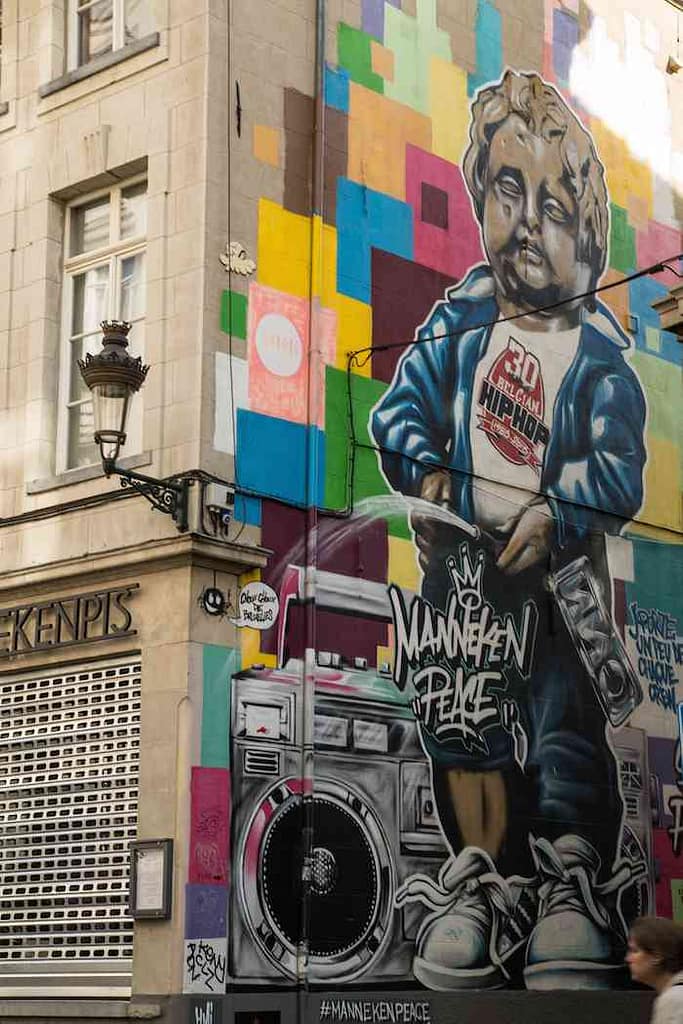
The rest of the city varies wildly, though make no mistake: Brussels is rough around the edges in the best possible way. I came across several skate parks and endless rows of painstakingly drawn street art in my walks outside the center.
Local Tip: The neighborhoods of Ixelles and Chatelain have both quiet, residential corners and livelier, colorful streets lined with coffee shops and bars. I stopped at Mamy Louise for coffee and a snack outside on a warm spring day – I would highly recommend it.
The buildings in neighborhoods like Ixelles wouldn’t look out of place in a Portuguese or Italian town, with their light colors and verandas overlooking narrow streets. It was a strange sight to behold in this northwestern corner of Europe.
This Underrated City in Europe is Also a Quirky Comic Book City
One of my favorite stops in Brussels was the Belgian Comic Strip Center (Entrance: 10 Euros). Franco-Belgian comics are hugely popular and influential in the comic book world, especially in Europe. This should come as no surprise if you grew up reading Tin Tin, Asterix, or Lucky Luke (like me).
The museum was highly visual and very interesting, detailing the far-reaching (farther than you’d think, actually) history of the evolution of the comic strip.
It also delved into the process used to make them and their influence on popular culture. Several covers and illustrations of a huge variety of comics are also included among the exhibits.
Local Tip: If you want to explore the streets of Brussels while doing a little scavenger hunt, check out the city’s comic book route, which takes you past a series of fun murals painted to commemorate famous Franco-Belgian comics. Did I mention I love Brussels?
Belgian Beers: Ode to a Hangover
There’s no way to visit Brussels without indulging in the local beer culture. I mean, I’m sure there is a way, but it’s not a way I would choose to follow.
Belgium is world-famous for its incredible beers, so a two-hour beer tour (courtesy of RailEurope!) was a welcome part of my short stay in the city.
The Irish-born Brussels-based tour guide, Mick, enlightened us on the types and production of beer. He also explained how beer basically created the modern world (I always suspected). You think I’m kidding, but I assure you I’m not.
As you might imagine, this means there is no shortage of bars and breweries in Brussels.
While Mick spoke to us about beer brewed by Trappist monks who survived on it for Lent – no, seriously – I tasted one beer after another.
Five beers in, I tried to stand up in order to find a bathroom. That’s when I realized through my suddenly blurred vision that I hadn’t calculated the alcohol content accurately at all. Because Belgian beers will hit you hard. I was officially, surprisingly, drunk.
Local Tip: Double and triple check the alcohol content in the Belgian beer you choose. Plenty of beers in Brussels hit a nice 9-12% range in terms of alcohol content. However, you can’t taste it easily because of the incredible quality of the beer itself. Or just drink to excess, whatever. But be smart and safe, guys.
Delirium: The Guinness Record Holder
We visited a bar called Delirium, which I highly recommend going to at least once. It is actually pretty tourist-y but also has plenty of locals pop in at night.
You absolutely have to visit if you’re a beer lover of any kind. Tucked in on the side of a small pedestrian dead-end alley, this bar holds the Guinness world record for offering the largest selection of beers – over 2,000 (!). So if there’s any weird beer you’ve wanted to try, you can probably get it here.
Including the monk-made abbey beers mentioned above.
The Flemish Quarter
Even though Brussels is predominantly Francophone, some northern and northeastern neighborhoods are Flemish-speaking.
One of these neighborhoods, Saint-Catherine, filled with bars, cafes, restaurants, and clubs, is a great place to spend an evening. Walk around the main square or the quay, and you will be sure to find a place you like.
It was incredibly strange to suddenly see signs and notices inside stores switch to Dutch. It was even stranger hearing the different speech of many people around me. What a rare phenomenon in Brussels, to have language and culture change in the span of a few blocks.
I came across statues in this area, and all around Brussels, commemorating the darker eras of the city’s history – namely, German occupation during the two World Wars. There is one particular statue made to honor the women killed under German occupation. Known as Gabrielle Petit, this artwork truly moved me.
Remnants of the Resistance in Brussels
Gabrielle Petit was a real person, a Belgian woman who spied for the British Secret Service. She was found out and paid for her heroism with her life.
I don’t know if it was the defiant pose of the woman or the inscription of words that are so mind-blowingly brave right below her, but something about that statue stopped me in my tracks.
The inscription reads: “I have just been condemned to death. I will be shot tomorrow. Long live the King. Long live Belgium. And I will show them that a Belgian woman knows how to die.”
Other, somewhat quirkier remnants of the years of occupation exist around the city.
L’Archiduc – Spies, Jazz, and Nazis
A bit further from the main streets of Saint-Catherine lies a cocktail bar (and later in the night, impromptu dance club) called L’Archiduc. It’s a charming jazzy nightlife venue that attracts a somewhat older crowd than most in Brussels – many dancers were in their 40s – and seems a little out of time and place.
This Belgian club, established in the 1930s, was used as a Nazi hangout during the occupation. The owner was part of the resistance in Brussels, and reported the info she overheard to Belgian rebels.
After WWII, the venue continued to operate as a cool, successful bar. Eventually, the owner insisted it had run a good course, so she would rather close it than sell it at the end of her life.
However, a long-time customer loved L’Archiduc so much that he insisted on buying it. The owner eventually sold it off under the stipulation that he wouldn’t change a thing.
As you can see if you visit the bar today, he has not. Which makes it one of the most incredible bars in Brussels worth visiting on your trip.
Local Tip: Visit L’Archiduc on a weekend night to dance until the wee hours of the morning if you so choose. Off-duty white collar workers dancing to nostalgic hits from the 90s and 00s in an untouched 1930s jazz bar perfectly reflects my perception of Brussels – mashed-up sensibilities in an elegantly old, yet idiosyncratic and lively place.
Food: Chocolate, Waffles, and Pommes Frites
This overlooked city hosts an amazing foodie scene that ranges from Michelin-star restaurants to delicious local street fare and dishes. Stops for Belgian chocolate and a Belgian waffle are a must. You can even find food carts selling waffles around town.
These staples of Belgian cuisine aren’t going to help you slim down any. But really, you shouldn’t care.
For an extra treat, try the local fries as well – pommes frites. They are usually served in a cone with sauce on top. Apparently, fries slathered in sauce are somewhat of a regional delicacy in northwest Europe.
Local Tip: Try moules frites, a mussel and fry dish that will obviously make it hard to fit into your bathing suit, but is nevertheless quite delicious.
The locally produced chocolate is amazing almost everywhere, but I especially loved the chocolate I tried at Le Comptoir de Mathilde. The Brussels chocolate shops I had to stop by to find the best one for you, dear readers…honestly.
Museums and Galleries
Besides commemorating the art of the comic, Brussels has plenty of museums dedicated to art, photography, and architecture.
Mont des Arts
Wander around the gardens, parks, and royal buildings of Mont des Arts. These include the impressive Royal Palace, one of the most impressive structures in the Belgian capital.
This green area is a little transition between upper and lower Brussels, a bridge between the area of the Grand Place and the Royal Palace itself. Construction on the magnificent building started in 1820. [Update: As of the end of 2024, the Royal Palace is temporarily closed for renovations).
Mont des Arts also includes several museums, like the Musical Instruments Museum, and…
Royal Museums of Fine Arts
Some of the most famous fall under the umbrella of the Royal Museums of Fine Arts. The ones in Brussels worth visiting the most are probably the Magritte Museum, with rotating exhibits from famous artists like Rubens, and the Fin de Siècle Museum.
Brussels Stock Exchange
I stopped at Bourse de Bruxelles (the Brussels stock exchange) to check out an exhibit from one of my favorite photographers, National Geographic legend Steve McCurry, and found both the setup and the photos mesmerizing.
The stock exchange regularly hosts new art exhibits and events, so check out the Bourse schedule when you’re in town.
Atomium and Art Nouveau
Fans of the offbeat will definitely want to stop by the Atomium, a little further out from the center of the city.
Those who want to explore Brussels’ understated but gorgeous Art Nouveau architecture should stop by Musee Horta, or Horta Museum, the former home and studio of Victor Horta, the father of Belgium’s Art Nouveau movement.
You can also visit Art Nouveau houses and tour the interior. These include the museum itself, as well as Hannon House and Solvay House, the latter of which is – once more, with feeling – a UNESCO Site.
Thanks to its rich history, Belgium has a surprising, almost annoying amount of those.
Europe’s Oldest Shopping Arcades
If you want to shop (not my specialty at all), check out Galeries Sainte-Hubert. I can’t tell you much about the clothing selection due to my shopping aversion. However, I can tell you it’s a cool space to walk through, with delightfully decorated shop windows.
It’s also one of the oldest shopping arcades in Europe, designed in 1847. You can walk through the King’s Gallery, the Queen’s Gallery, and the Princes’ Gallery. The royal family is, however, conspicuously absent.
EU Institutions
You can also visit the European Parliament, and see the halls where European laws are debated and voted on. Admission is free to visit the European Parliament Hemicycle, you just have to book a time slot ahead of time.
Getting To and Transportation in Brussels, Belgium
If you’re arriving from outside of Europe, or a further-flung European country, you’re probably going to enter the city through Brussels Airport.
To get from the airport to Brussels city centre, near the Grand Place, you can either take the train or a taxi. The taxi takes about 15 minutes and costs 30 to 40 Euros, while the comfortable train costs 13 Euros and takes 16-18 minutes.
Travelers arriving from London, Paris, Amsterdam, and other nearby German cities, will arrive at Brussels’ central station. Once you’re there, you can easily get around Brussels by public transportation, which includes trains, trams, buses, and the metro.
Access them all using the Floya App, which has merged all of Brussels’ transportation options into one single, easily accessible application.
Is Brussels Safe?
I walked around the city all day and night and never felt particularly unsafe, at least in the city centre. The capital city of Belgium is also statistically safer than more visited cities like London and Paris.
However, there are a couple of neighborhoods to avoid. According to locals, it’s best to stay away from Molenbeek and Rue d’Aerschot, which are pretty far off the beaten path in any case. And as with most cities, the areas directly around the train stations – including Gare du Midi and Brussels-North Station – aren’t the best either.
Other than that, exercise normal precautions, don’t flash expensive things in crowded places, and yu should be fine.
Conclusion: Is Brussels A Good Place to Visit?
I don’t know why Brussels doesn’t attract the number of visitors other picturesque European cities do. However, I can tell you that you will eat well, drink well, and meet plenty of cool, friendly locals.
You will also find lively, edgy neighborhoods among the more elegant, quiet streets that you can easily spend all day exploring. Not to mention you can do all of this for less money than you would spend in London or Paris.
Brussels intrigued me – I felt an undercurrent of life, a sense of fun, a quirkiness there I never expected. It took me by surprise and led to an enchanting couple of days in the unusual Belgian capital.
So if you’re looking for a new great European city to explore – Brussels should definitely be next on your list.
I went in May, and I would definitely recommend late spring/early summer as the best time to visit Brussels. I think it’s one of the coolest, most approachable cities in Europe.
For a story of the role of privilege in travel, read my story of another traveler’s experience compared to mine on the train to Bruges from Brussels.
Day Trips From Brussels
Some popular excursions include train trips to other cities in Belgium. Take a day trip to the stunning, fairytale-like town of Bruges; immortalized by Colin Farrell, of course. The city centre is another UNESCO World Heritage Site, as are several cathedrals and a belfry in Ghent, another great day trip destination.
In a few hours by train, you can also be in some of the top-rated cities int the world, like Paris or London. London is only a two-hour train ride from Brussels, while Paris is barely an hour and a half away. An hour and a half.
Oh, how I miss traveling in Europe.
Want to Visit Brussels Yourself?
Book a hotel near the city centre to enjoy the wonderful sights of Brussels and walk around its streets. You can also take one of many local tours to learn more about a side of Brussels that interests you personally, whether it’s food, architecture, or history.
Brussels Card
One last tip is to use the Brussels Card to help you get around the city. I personally recommend the 48-hour Brussels Card, which you can buy for 45 Euros and gives you free access to 49 museums in Brussels.
Well, free after you’ve paid the 45 euros. For another 16 Euros, you can get unlimited public transportation. However, if you plan on speedwalking through most of the museums in the center, and only taking public transportation for a couple of attractions like the Atomium, the transport add-on isn’t necessarily worth it.
If you know you’re going to be museum hopping, the Brussels Card is the way to go.
What do you think is the most underrated destination you’ve been to so far? Comment below! And if you liked the article, pin away!

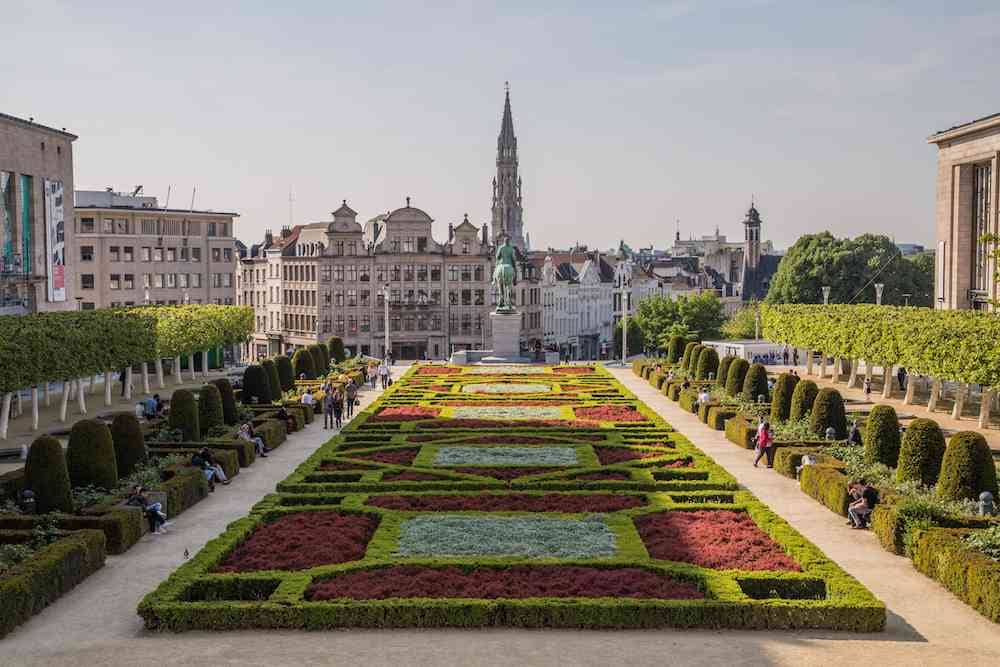
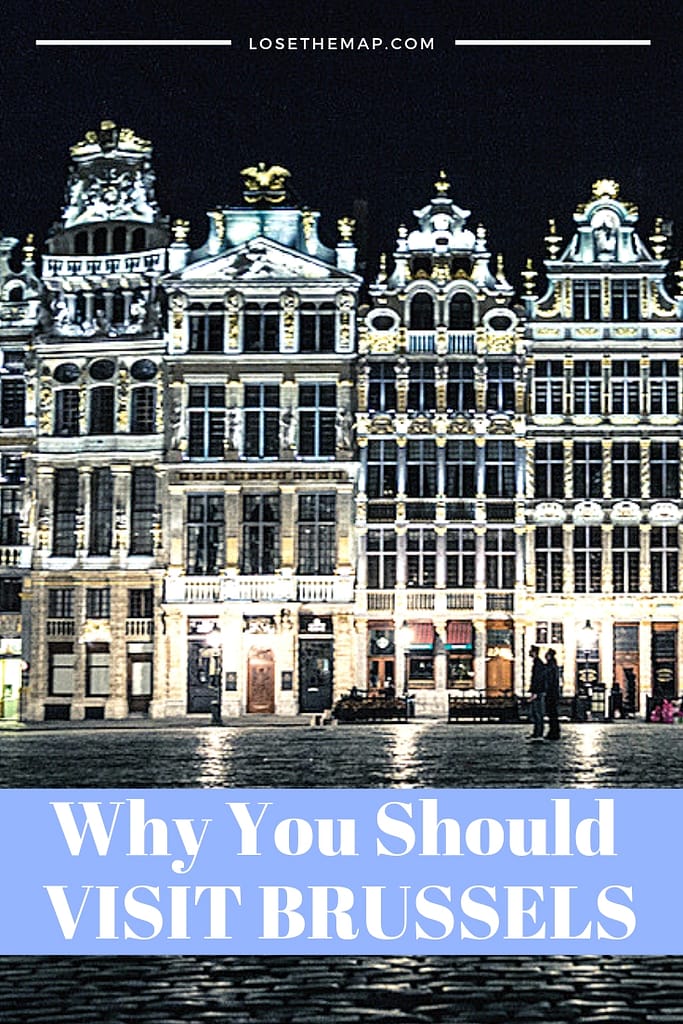
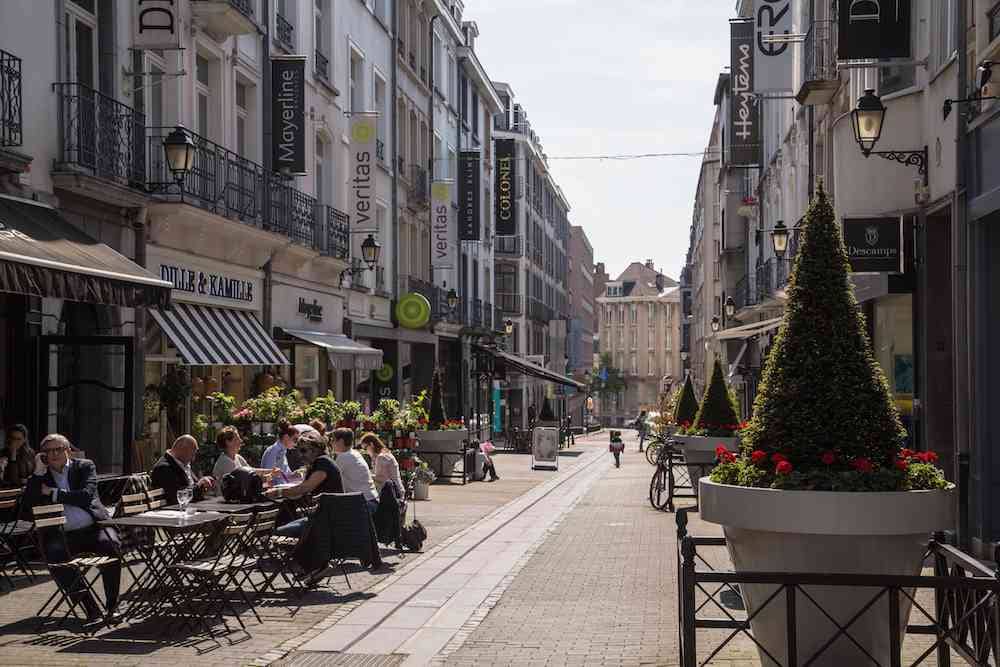
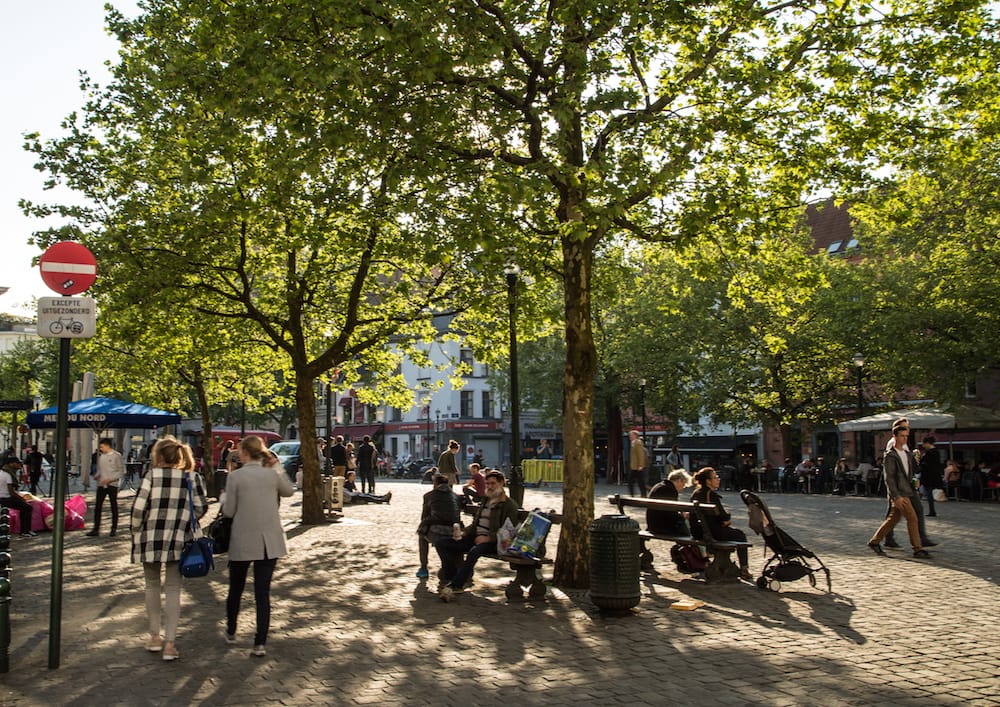
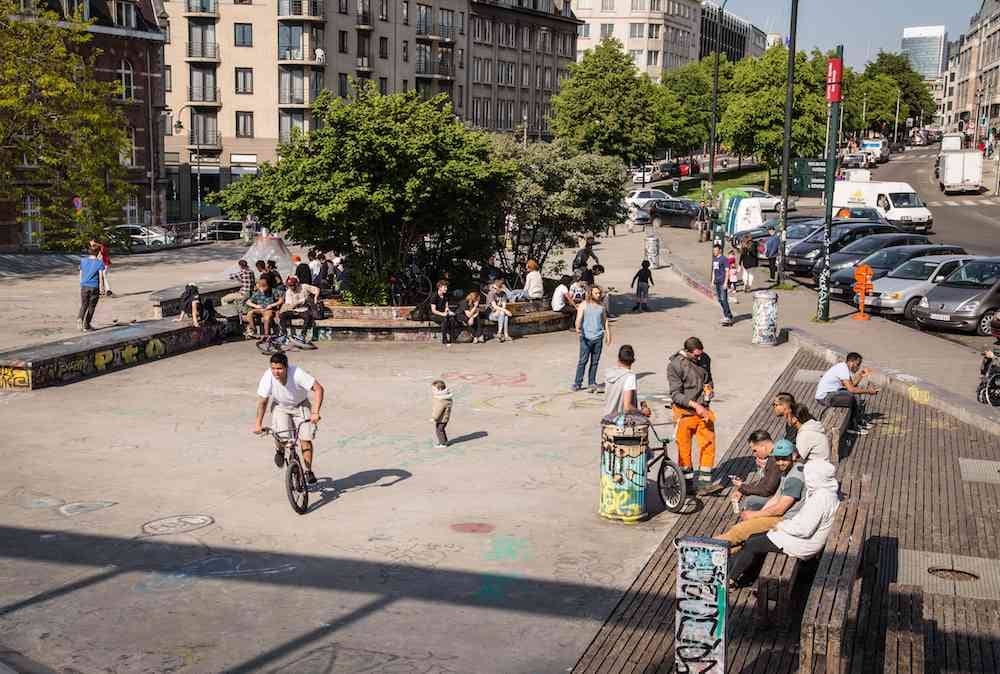
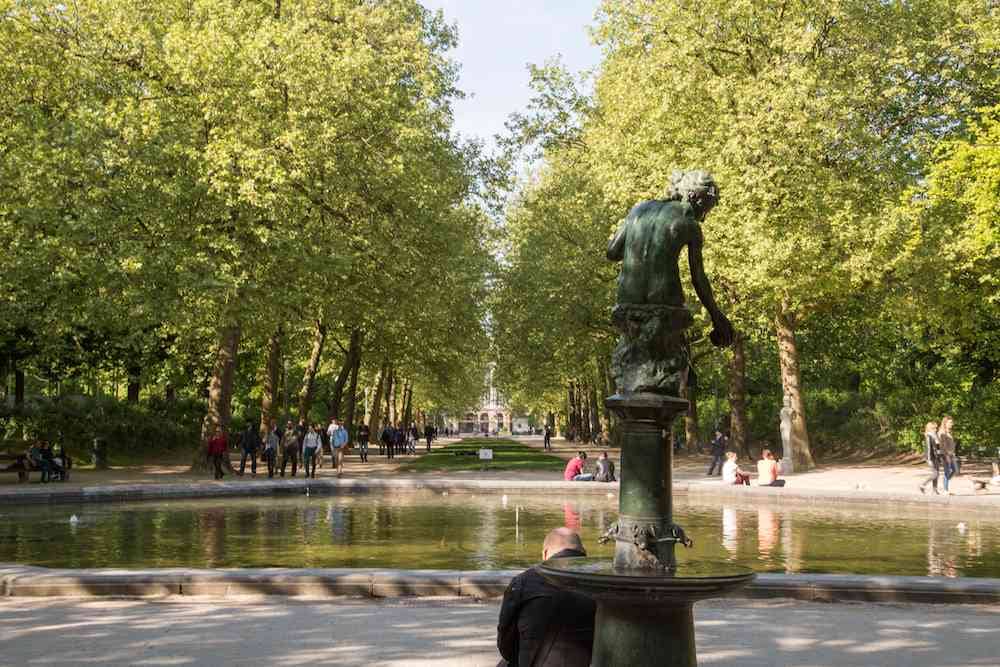
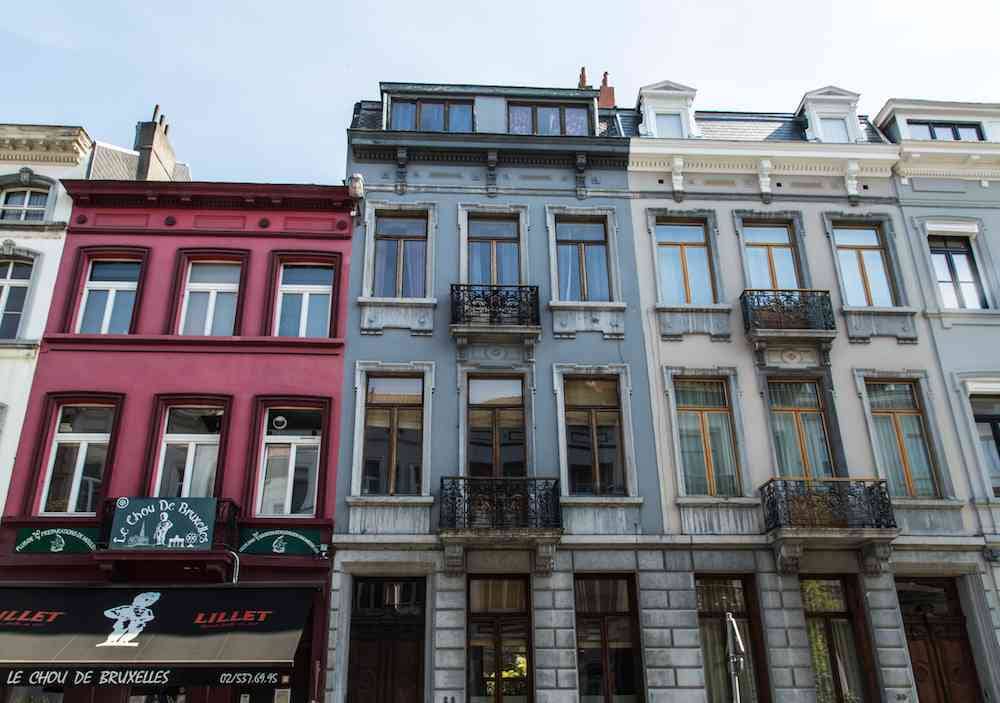
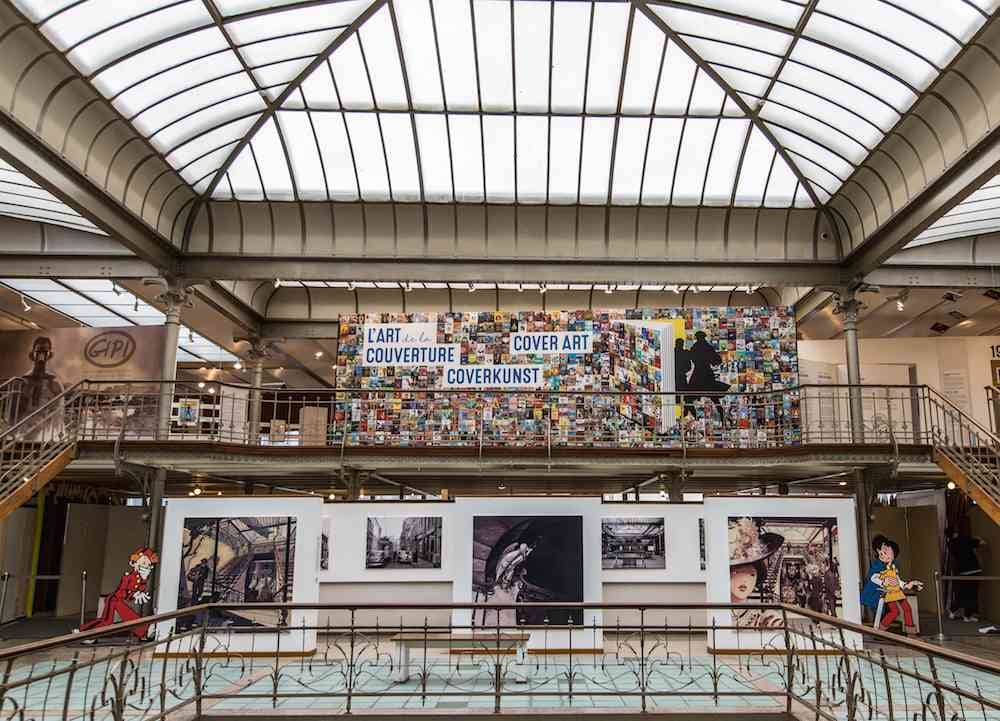
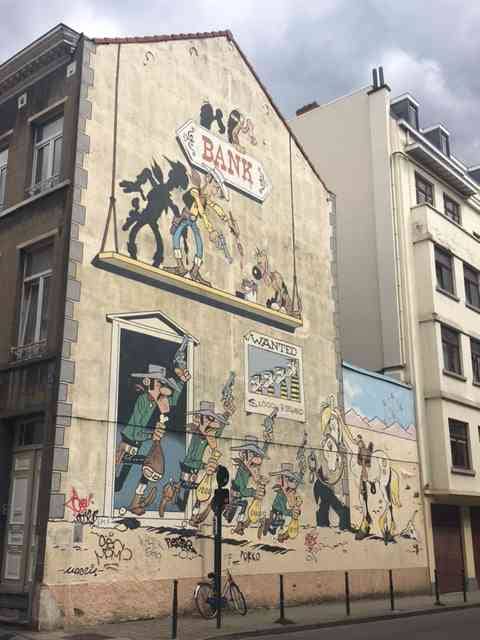
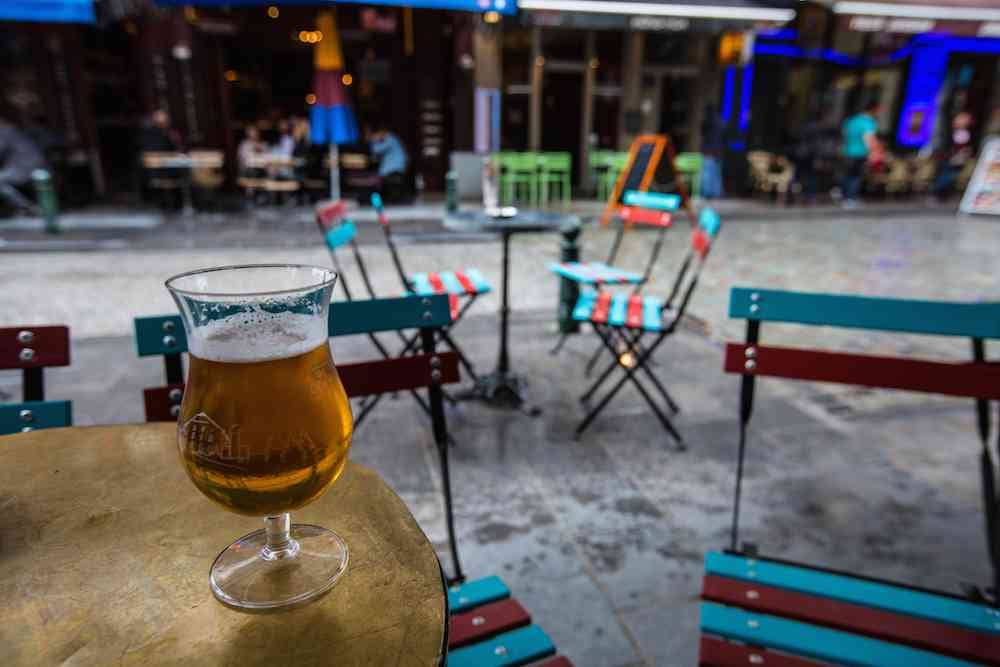
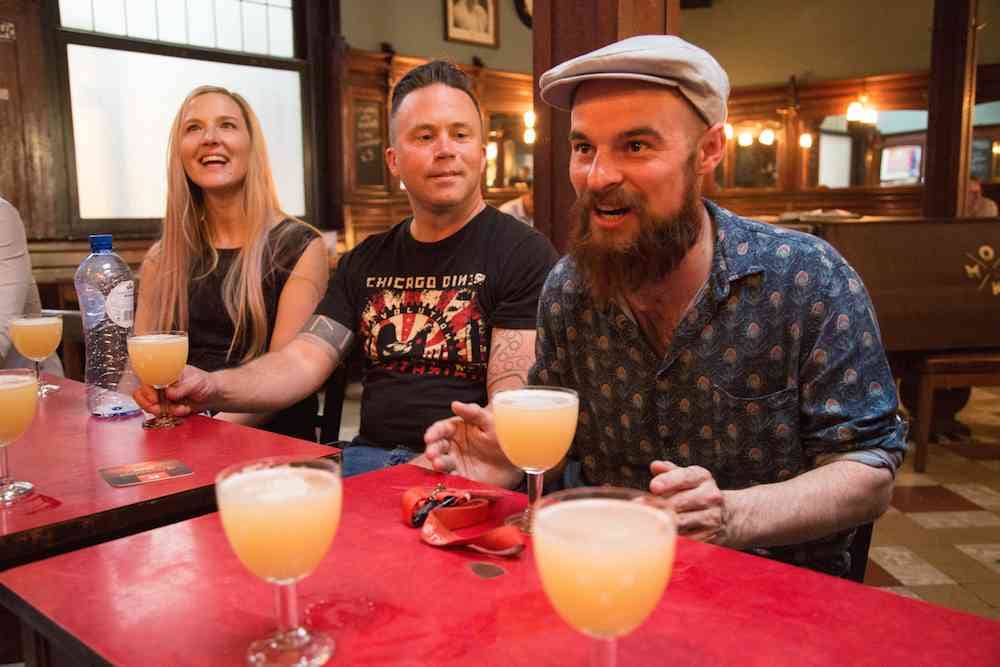
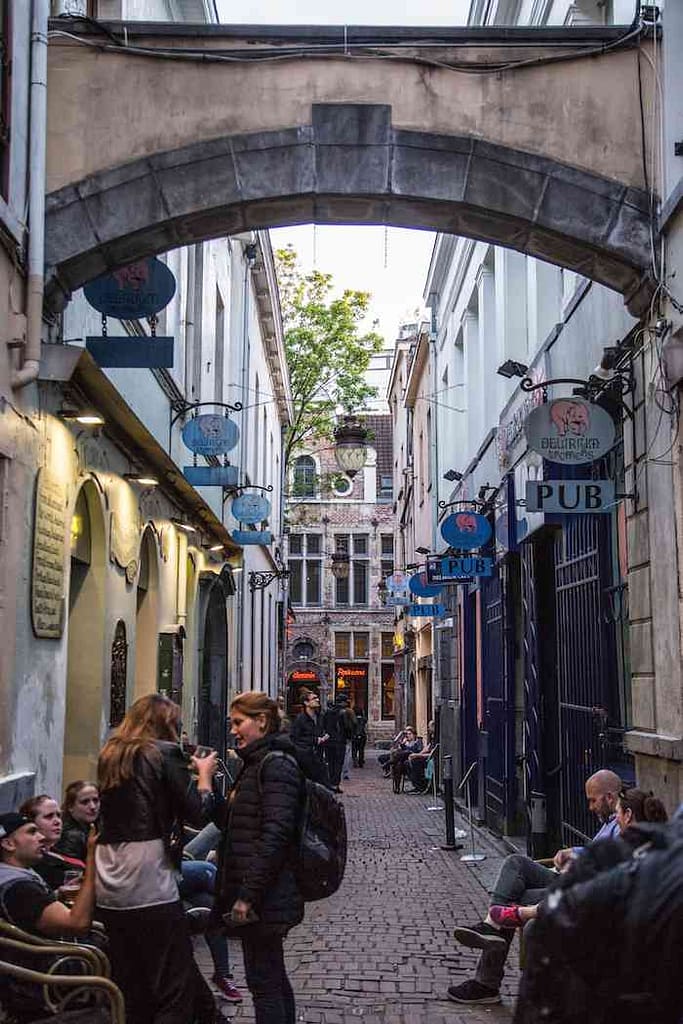

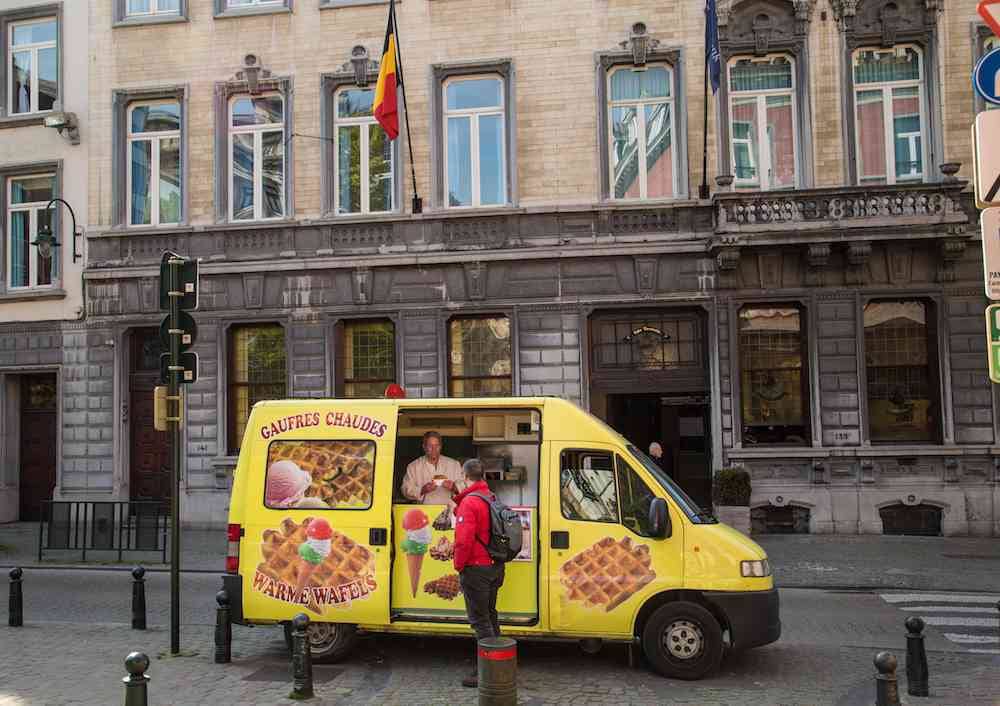
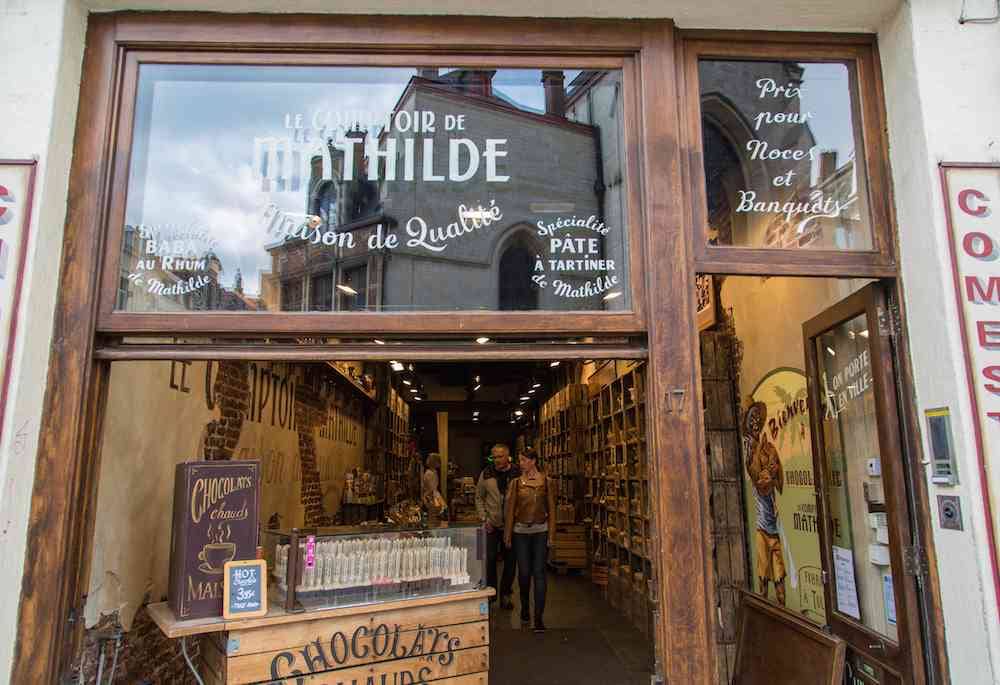
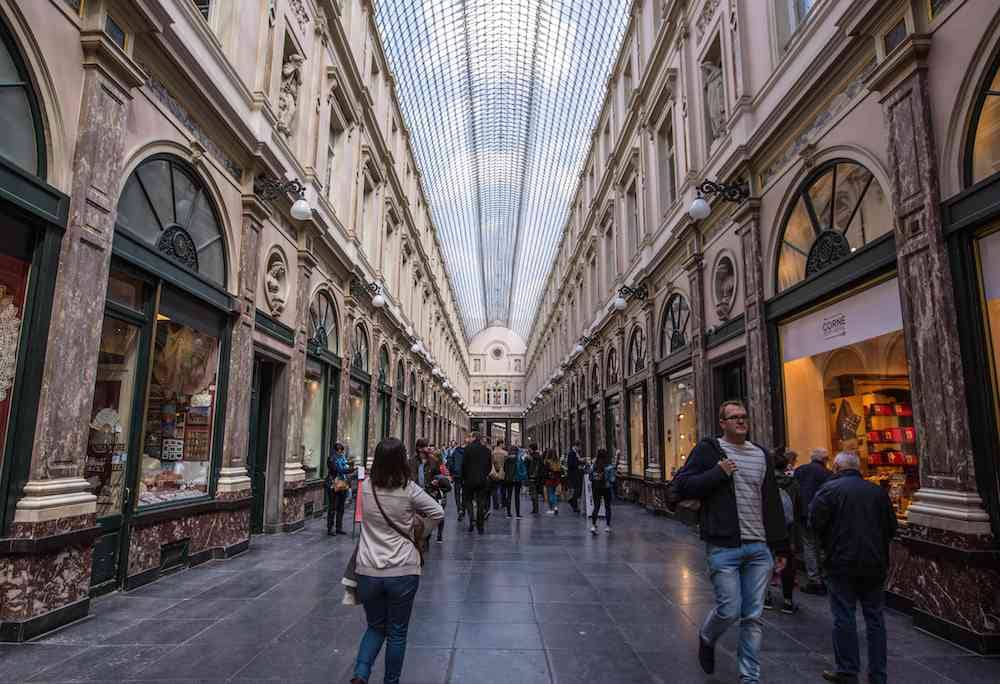
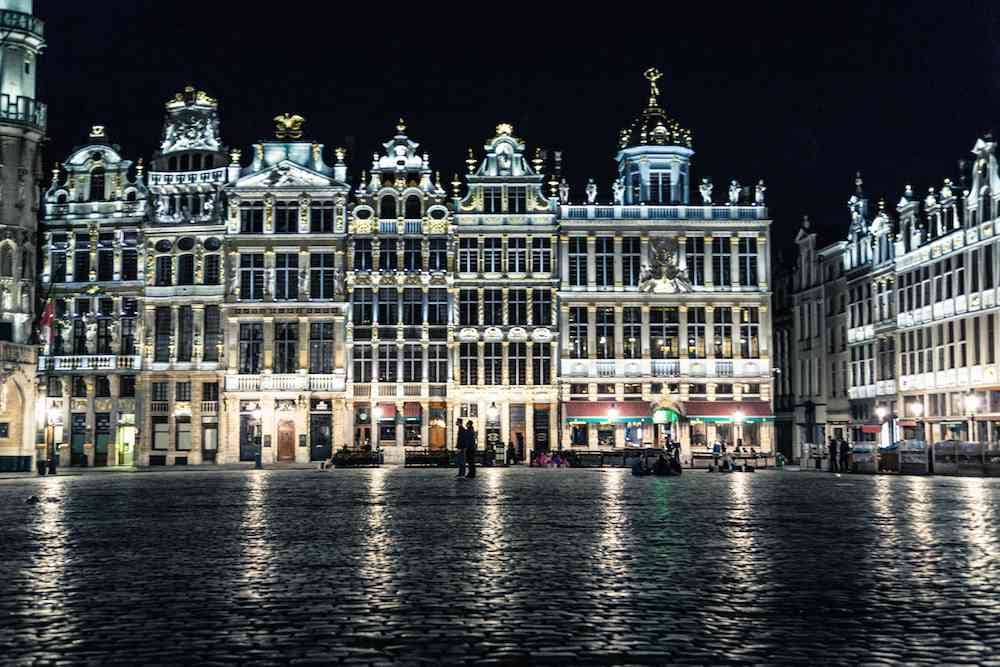

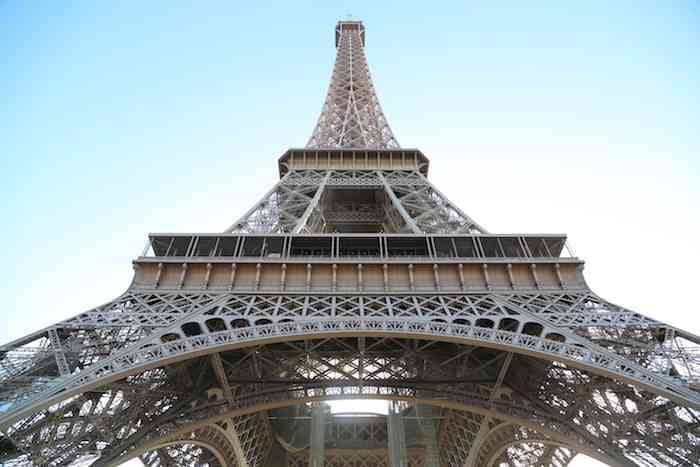
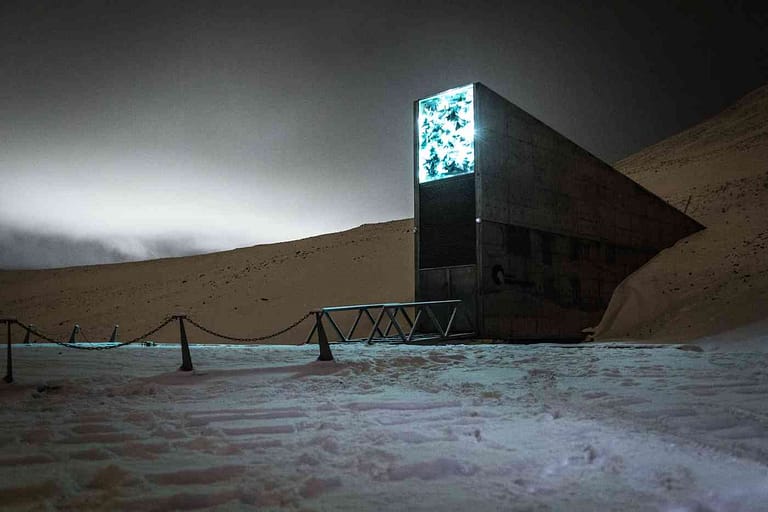
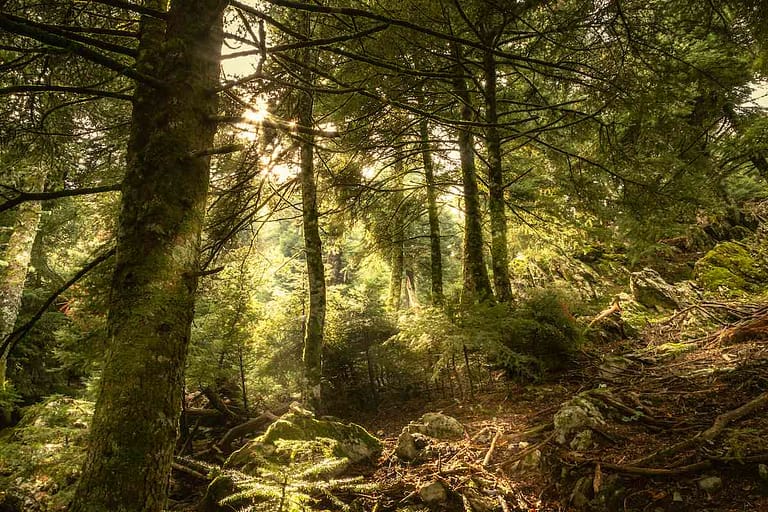
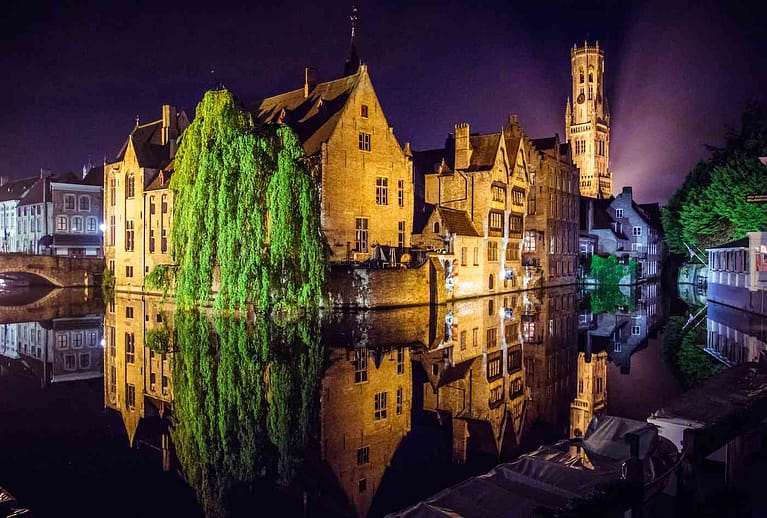
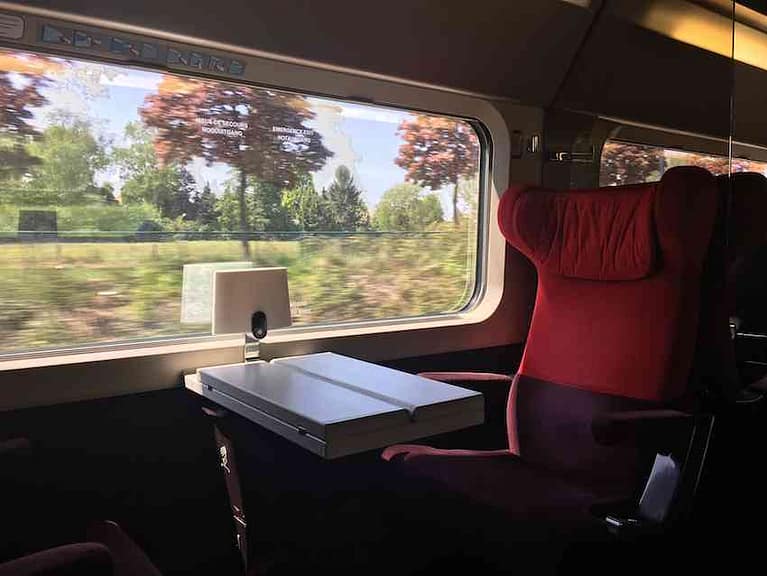
When I was in Belgium, I only went to Bruges but Brussels looked so cool from the train! I would love to visit it. Especially that cool jazz bar!
Yes, you fell under the brussel’s spell hehehe. This spell keeps me coming back every year. For me is easy because I live in Spain so it is only 2h from Madrid. Why people prefer other citys I dont know but for me is ok, lets keep this gem hidden as long as possible hehehe.
Haha I completely agree! Not too many people need to find out.
Great read – persuaded me to go and I love your writing style. Will share on my facebook page for my blog @discoverwithzainab tomorrow. :)
Thank you so much for your kind words! If I can convince someone to visit a destination I love and share with others, I have done my job :)
This was a great article! I love how you give historical information on the sites and neighborhoods and not just-eat beer and chocolate. I am doing a day trip to Belgium from Paris and in torn between Brussels and Bruges! I realize I need to make a separate trip to Belgium to explore all these great places!
Completely! I realize I need to get back to Belgium and spend more time in Brussels plus see other cities like Ghent as well!
This is such a great recommendation! Brussels truly seems like a hidden gem with its mix of history, culture, and delicious food. I love how you highlighted its underrated charm, from the stunning architecture to the unique blend of languages and traditions. What would you say is a must-see spot for first-time visitors to really experience the heart of the city?
It really is! Thanks. I would definitely say Grand Place and Mount of the Arts are two must-see places to get a sense of Brussels on short nice. But I would also include a Comic Strip Center visit – I’m not sure how much people outside Europe understand the completely outsize influence Belgium had on the whole continent’s comic culture, and it’s a quirky, fascinating, educational little place. Just like Brussels.